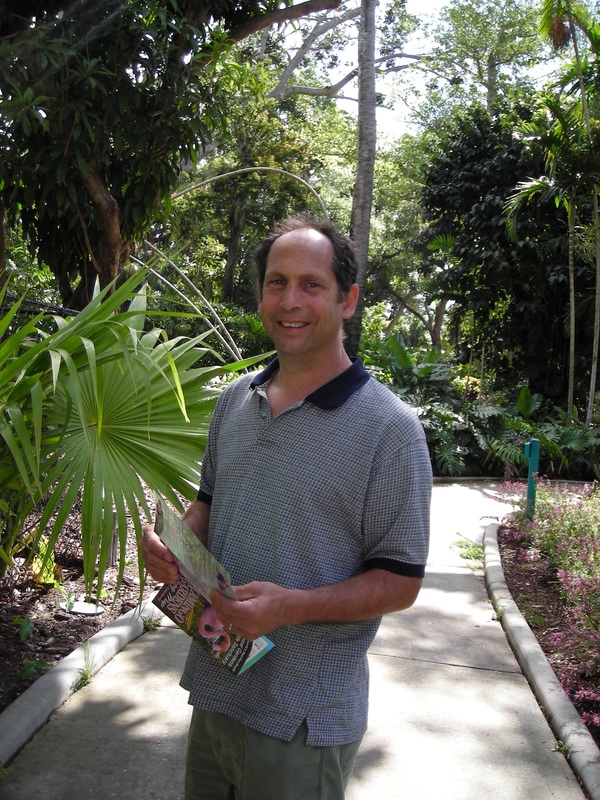Goso said, "A buffalo passes by the window. His head, horns, and four legs all go past. But why can't the tail pass too?"
Mumon's Comment
If you make a complete about-face, open your eye, and give a turning word on this point, you will be able to repay the four kinds of love that have favored you and help the sentient beings in the three realms who follow you.
If you are still unable to do this, return to this tail and reflect upon it, and then for the first time you will realize something.
Mumon's Verse
Passing by, it falls into a ditch;
Coming back, all the worse, it is lost.
This tiny little tail,
What a strange thing it is!
To understand this koan we have to start by understanding exactly what it is asking. Start with the metaphor of the Buffalo. The Buffalo or Ox has been a common metaphor in Zen for centuries used to describe the various stages of the practitioner's development along the path. Many series of drawings with a boy and a Buffalo have been drawn to represent the stages of Zen development. http://www.sacred-texts.com/bud/mzb/oxherd.htm
There are two ways that we can interpret the metaphor of the Ox. There is the before enlightenment interpretation where the Ox represents our individual mind and the stages of our development start with our learning to become mindful of our mind. Then we progress by learning to control and purify the mind and then eventually with a purified mind we can forget our self conscious efforts at training and then completely forget the self and enter into samadhi. This samadhi experience also called Kensho or Satori is the essence of the enlightenment experience but a single experience does not make enlightenment. True enlightenment comes from continued training that saturates one so deeply that it becomes part of everyday life. So now the Ox or Buffalo represents not just our ever changing samsaric mind as we work to purify it but our True Self which we must experience again and again. Now what does the Buffalo passing through the window represent? Might the window represent the gateless gate and the Buffalo passing by the window our experience of kensho? But still something is missing, there is no tail. Does the tail represent our failure to completely let go? Harada once told me that life was too short to completely purify the mind. Even with a deep experience of kensho and them more experiences we still find ourselves at times caught in our ego bound individual perspective. So we let go, and let go and let go again and again.
More then just not being ever fully able to purify ourselves of ego we also need to recognize the deep mystery that we will never fully be able to clarify. Dogen writes in the Genjo Koan:
When dharma does not fill your whole body and mind, you think it is already sufficient. When dharma fills your body and mind, you understand that something is missing.
What is missing? Well just about everything is missing, so much is a mystery that we ever grab just a little bit of the Truth. Through our practice we might have realization after realization. For those who have deep experience in zazen then our practice touches a never ending well of realization. But we can never drink all the water in the well. The water comes from a deeper source that we cannot even touch. It is like this, What is the source of our realization? Why has the Universe manifested in the self conscious form of a human being? Why can this form become Self conscious? When we intuit the Non-Dual then we understand that all dualistic explanation is incomplete. To open our eyes to the mystery is to open our eyes to the cosmic. Every drop of water of water reflects the whole Universe because it is not separate from the whole Universe. Like wise we cannot be separated from the whole Universe which is our True Self. Dogen continues:
For example, when you sail out in a boat to the middle of an ocean where no land is in sight, and view the four directions, the ocean looks circular, and does not look any other way. But the ocean is neither round nor square; its features are infinite in variety. It is like a palace. It is like a jewel. It only looks circular as far as you can see at that time. All things are like this.
Though there are many features in the dusty world and the world beyond conditions, you see and understand only what your eye of practice can reach. In order to learn the nature of the myriad things, you must know that although they may look round or square, the other features of oceans and mountains are infinite in variety; whole worlds are there. It is so not only around you, but also directly beneath your feet, or in a drop of water.
All this writing about the mystery is a little bit beside the point because if you stop your thoughts and open your eyes and ears then all around is the mystery. In the silence we intuit it but as soon as we open our mouths or try to explain it in writing the intuition is gone. Like all Zen koans this koan is not about any specific understanding but rather about entering that place beyond dualistic understanding.

 RSS Feed
RSS Feed